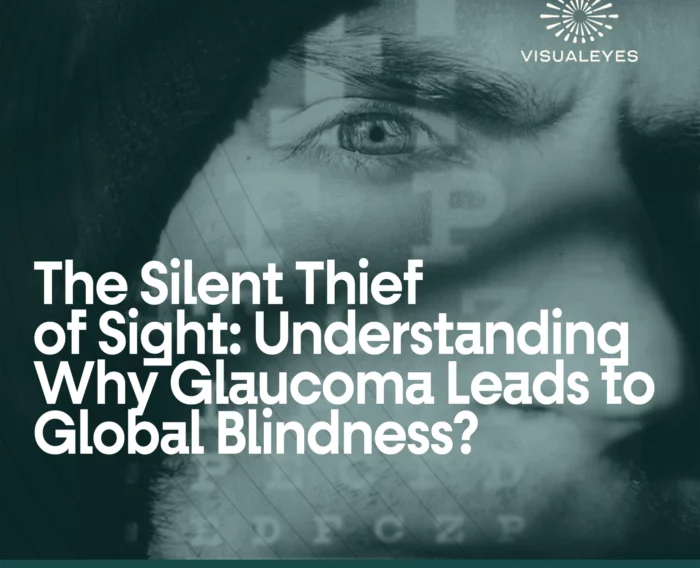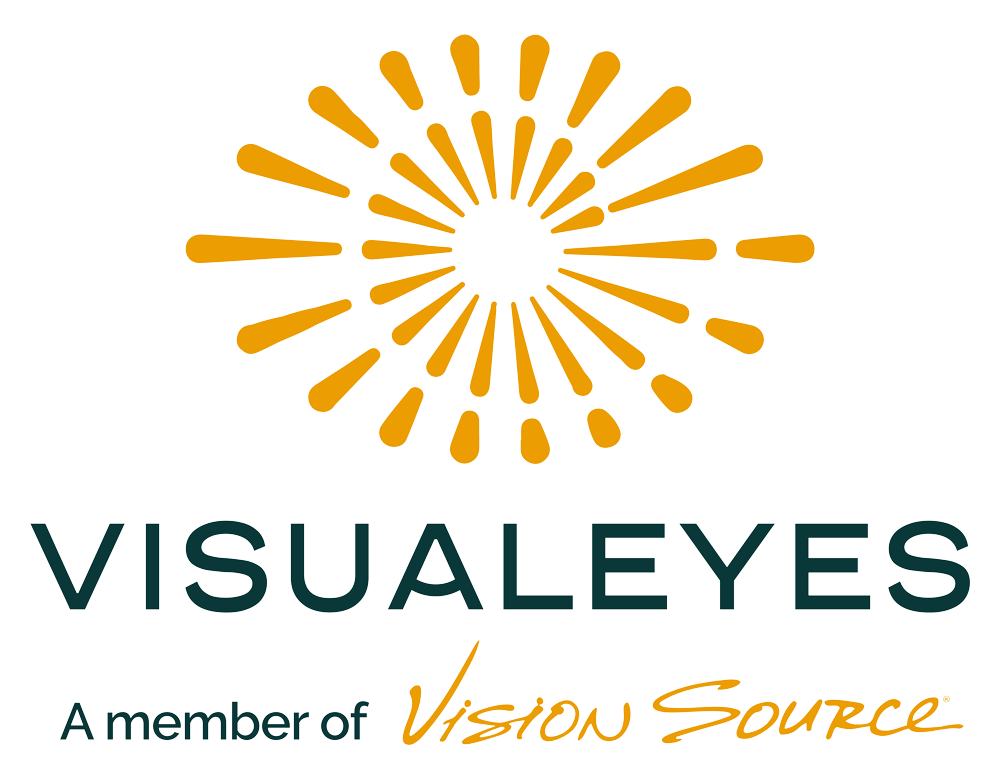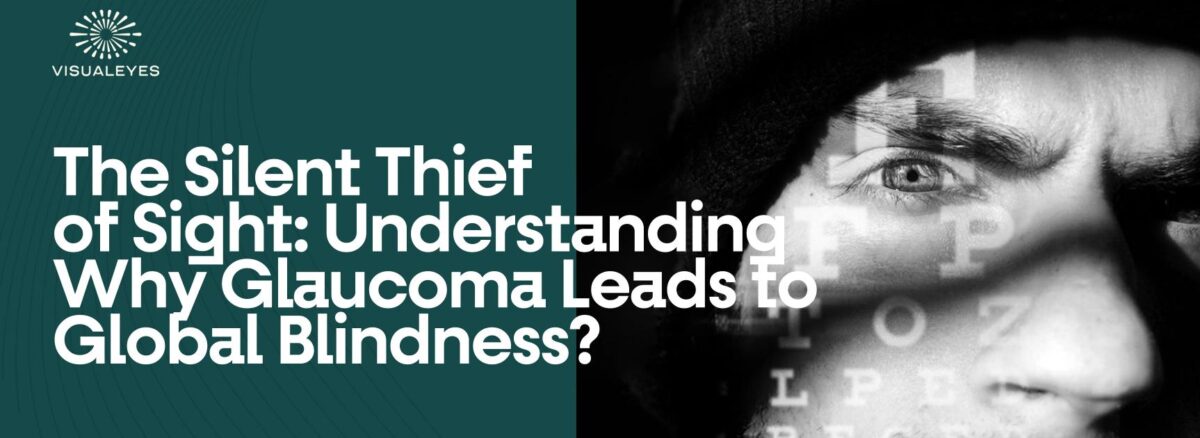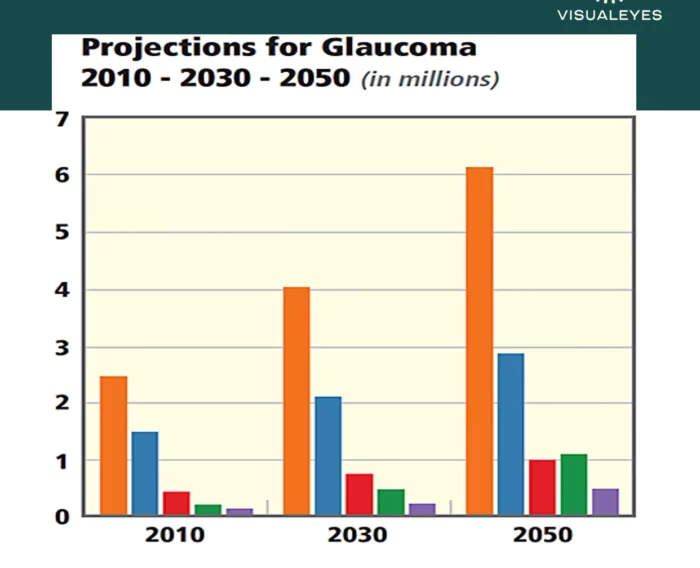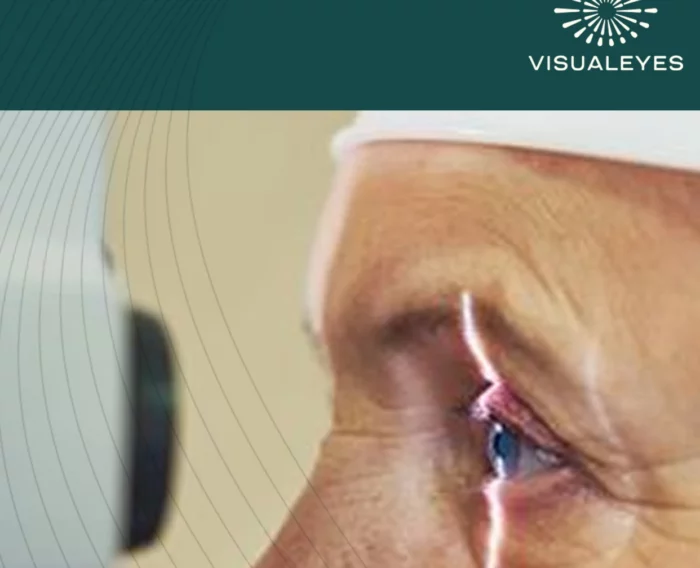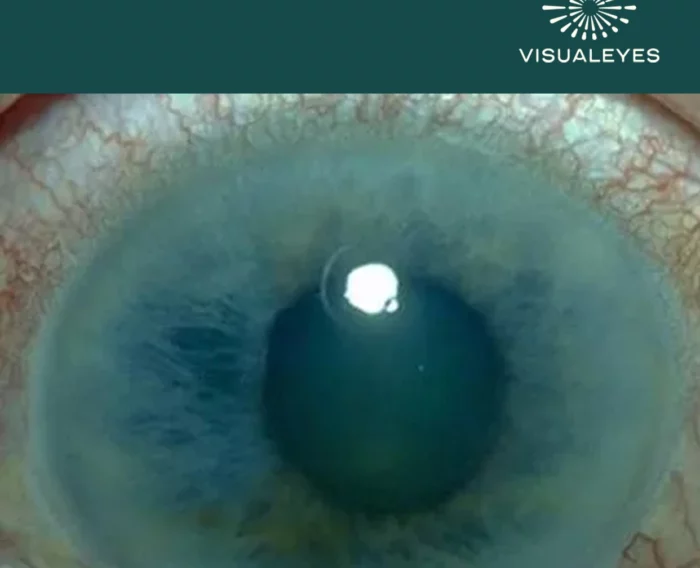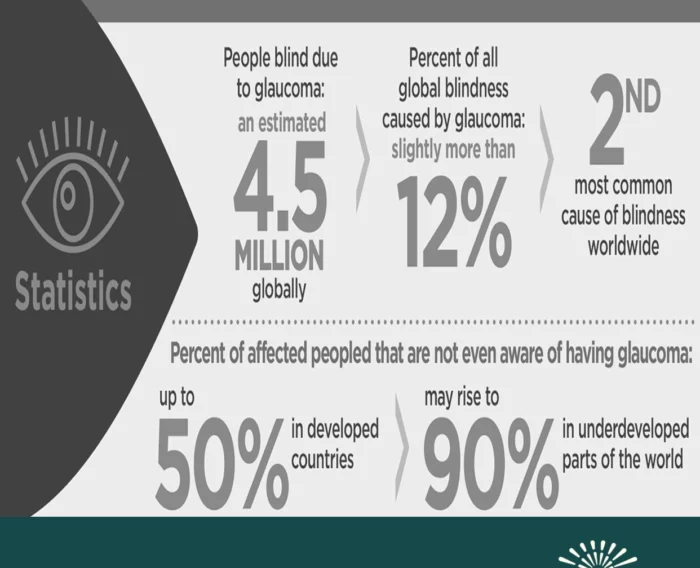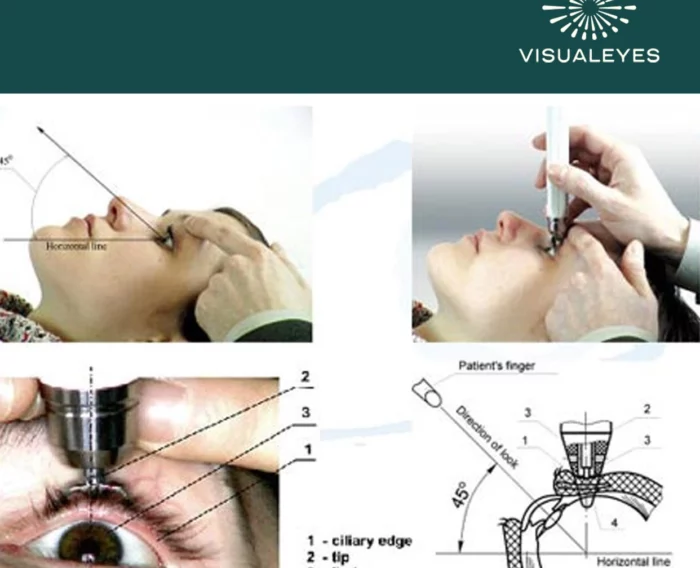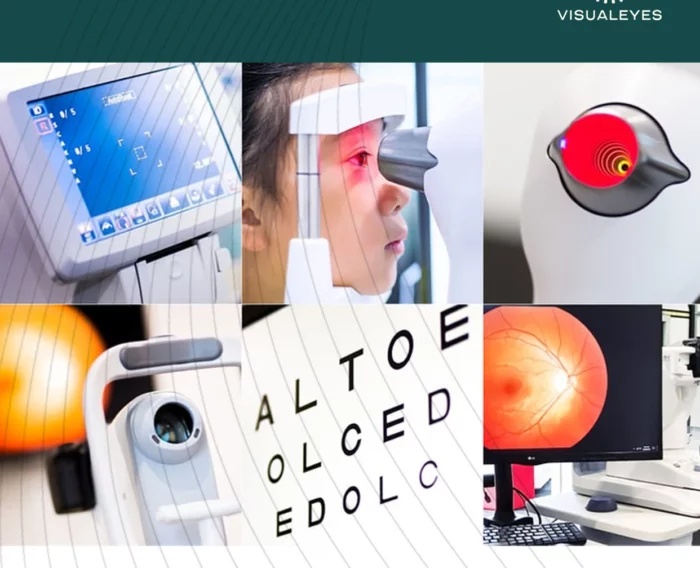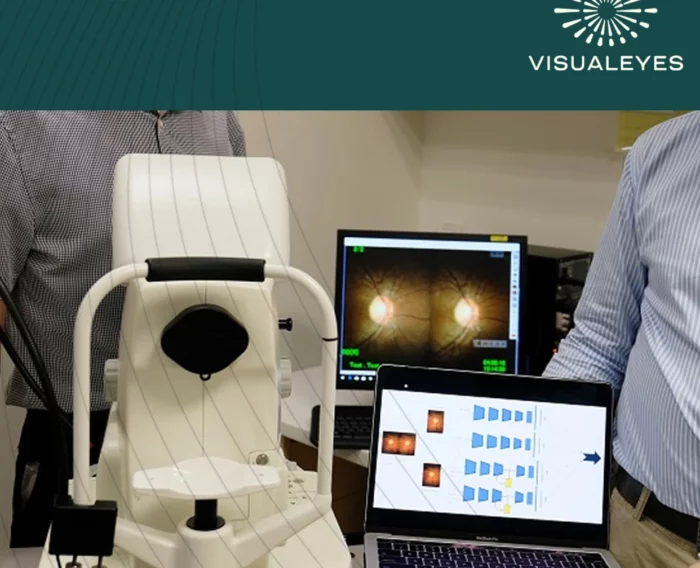- September 19, 2023
- Deborah Jackson
- Comment: 0
- Award Winning, blog, Eye Conditions and Treatments, Eye Health and Wellness, Eye Safety and Protection
Table of Contents:
1. Introduction
- The Global Impact of Glaucoma
2. What is Glaucoma?
- Defining Glaucoma
3. Prevalence and Global Burden
- Glaucoma Statistics Worldwide
4. The Mechanics of Vision Loss
- Understanding Intraocular Pressure (IOP)
5. The Importance of Early Detection
- Detecting Glaucoma in its Early Stages
6. Treatment Options
- Medications and Eye Drops Laser Therapy and Surgical Interventions
7. Living with Glaucoma
- Managing Glaucoma on a Daily Basis and Coping with Vision Loss
8. Conclusion
- The Need for Vigilance and Hope on the Horizon
Introduction
One of the most common eye illnesses in the world, glaucoma, sometimes known as the “silent thief of sight,” affects millions of people. Although it may not receive as much attention as some other eye conditions, it has a significant worldwide impact. This essay explores the startling statistics, the disease’s silence, and the need of raising awareness.
Eyes around the world in jeopardy
Glaucoma has no geographical bounds. It stealthily preys on eyesight everywhere from busy cities to far-off countryside. Glaucoma, which affects around 80 million people worldwide, is the second most common cause of blindness, according to the World Health Organization (WHO). This population is anticipated to more than double to 111 million by 2040. Glaucoma has a profound impact on people’s lives, their families, and healthcare systems everywhere.
Economic repercussions
In addition to taking a heavy toll on human lives, glaucoma has a substantial financial impact. Costs for diagnosis, treatment, and lost productivity as a result of vision impairment are high. These economic difficulties are expected to worsen as the world’s population ages, making glaucoma a worldwide problem.
Stealthy Progress
Glaucoma is particularly nefarious because of how it advances covertly. Oftentimes, the illness shows no signs or discomfort in its early stages. People may not recognize they have glaucoma until major harm has already been done because vision loss happens so gradually. By that time, regaining lost vision becomes a challenging task.
Function of Intraocular Pressure's (IOP)
- The intraocular pressure (IOP) is the driving force behind glaucoma’s quiet progression. The optic nerve, which is essential for transmitting visual information to the brain, can be harmed by elevated IOP. However, glaucoma and high IOP are not always related to one another. Its stealthy development is further aided by this intricate interaction of variables.
Why Awareness Is Important
The first step in tackling glaucoma’s worldwide effects is raising awareness. Regular eye exams, especially for individuals at greater risk, can help detect this condition early and stop its sneaky advance. Promoting awareness motivates research, treatment, and support activities in addition to empowering people to safeguard their eyesight. It’s vital to shed more light on glaucoma, a silent invader, as we traverse the worldwide panorama of eye health. We can all work together to lessen its effects and make sure that millions of people throughout the world have a brighter, clearer future by raising awareness, educating people, and providing preventative eye care.
Vision is discreetly threatened by the sly eye disease glaucoma. It is a collection of eye problems rather than a single illness that affects the optic nerve, which transmits visual information to the brain. Glaucoma frequently advances unnoticed until it is too late.
High intraocular pressure (IOP) is the main glaucoma risk factor. On the other hand, some people with normal IOP might nevertheless experience glaucoma, therefore it’s crucial to remember that not everyone with high IOP develops the disease.
Glaucoma damage is permanent, thus early identification is crucial. Regular eye exams can help detect AMD in its earliest stages, especially for individuals who are more at risk. Eye drops, laser therapy, and surgery are all available treatment options to decrease IOP and halt the disease’s development. Millions of people are impacted globally by glaucoma, and it has considerable financial repercussions. It is ranked as the second most common cause of blindness globally by the World Health Organization. Our best weapons against glaucoma are education and preventative eye care. Understanding the risk factors and getting regular eye exams might help you defend your eyesight against this silent thief.
. Prevalence and Global Burden revealing Glaucoma Statistics Worldwide.
A covert eye disease called glaucoma is quietly making its presence felt all around the world. Recent data provide insight into the incidence and worldwide impact of this illness that steals eyesight. Glaucoma is the second most common cause of blindness, affecting approximately 80 million people globally, according to the World Health Organization (WHO). Alarmingly, estimates indicate that by 2040, this number will rise to nearly 111 million, illustrating the mounting problem presented by an aging world population. But glaucoma affects more than just one person. It imposes a significant financial burden that includes the price of diagnosis, the cost of therapy, and the productivity losses brought on by vision impairment. This treacherous illness has no preference for any particular region. It affects both industrialized and developing nations with similar ferocity, making it a worldwide public health problem. One of its most alarming characteristics is its capacity to hide until irreparable vision loss happens. As a result, awareness becomes the most effective defense against this quiet menace. Regular eye exams are crucial in this fight to stem the sneaky spread of glaucoma, especially for individuals at greater risk. Further, continuous research is essential since it raises the possibility of more potent therapies and, ultimately, lowers the burden of this disorder that steals sight globally.
. Decoding Vision loss through intraocular pressure.
A terrible side effect of eye conditions like glaucoma is vision loss, which is frequently veiled in mystery. It is essential to comprehend the mechanisms underlying this process, especially intraocular pressure (IOP). The pressure inside the eye is referred to as intraocular pressure. It’s similar to how a balloon reacts to pressure: if it’s too high, it could burst, and if it’s too low, it loses its shape. Similar to this, increased IOP can harm the optic nerve, which serves as a vital conduit between our eyes and our brains. It’s crucial to remember, though, that glaucoma isn’t always associated with high IOP, and vice versa, some people with normal IOP can nevertheless get the disease. This intricate interplay of variables contributes to glaucoma’s reputation as a difficult foe. Glaucoma is known as the “silent thief of sight” because it generally develops quietly and without warning or discomfort. Elevated IOP can cause damage to the eye. When symptoms start to show, there may already be considerable visual loss.
Knowing how IOP contributes to vision loss emphasizes the value of routine eye exams, especially for individuals who are at higher risk. Early identification and prompt treatment can reduce IOP and protect valuable vision, illuminating the way to a cleaner, brighter future.
The importance of early detection.
The Significance of Detecting Glaucoma, in Its Stages Glaucoma comprises a group of eye conditions that harm the nerve the nerve responsible for transmitting visual information from the eye to the brain. If left untreated glaucoma can result in vision loss or complete blindness.
Fortunately glaucoma can be identified at a stage. Effectively managed to prevent or slow down vision loss. That’s why it is crucial to undergo eye examinations even if you do not experience any symptoms associated with glaucoma.
During the phases of glaucoma there are no symptoms underscoring the importance of receiving comprehensive eye checkups regardless of how well you feel. Your eye specialist will perform tests to assess and diagnose glaucoma including;
- Tonometry; This examination measures pressure.
- Ophthalmoscopy; through this procedure your doctor will carefully examine both the back areas of your eyes including the nerve.
- Visual field test; this assessment evaluates your vision.
If any indications of glaucoma are observed by your ophthalmologist they may recommend investigations. Prescribe appropriate treatment.
Early detection and treatment play a role, in preventing impairment caused by glaucoma.
If you possess any risk factors, for glaucoma like elevated eye pressure a family history of the condition or African American heritage it is important to schedule eye examinations.
Treatment Options: Medications and Eye Drops Laser Therapy and Surgical Interventions
A series of eye conditions known as glaucoma harm the optic nerve, which transmits pictures from the eye to the brain. Blindness and visual loss are potential consequences of this injury.
Glaucoma comes in a variety of forms, but they are all characterized by a rise in intraocular pressure. Over time, this pressure may harm the visual nerve.
Glaucoma can be treated, which is excellent news. A range of therapies are accessible, including prescription drugs, laser therapy, and surgery.
Laser Treatment
A less prevalent glaucoma treatment is laser therapy. It can be used to widen the drainage channels in the eye, which aids in reducing internal pressure.
Surgery
The least common glaucoma therapy is surgery. It is often only utilized if medicine and laser treatment have failed to provide desired results. Your doctor will talk to you about the finest glaucoma surgery choice from among the numerous that are offered.
It’s crucial to visit your doctor for exams on a regular basis if you have glaucoma. This will make it easier to verify that your medication is having an impact and that your vision is not deteriorating.
Glaucoma may be a treatable condition with the right care. Even if you have glaucoma, you can live a long and healthy life.
. Living with Glaucoma: Managing Glaucoma on a Daily Basis and Coping with Vision Loss
Glaucoma affects millions of people worldwide. They must take eye drops carefully, visit their doctor frequently, and modify their lifestyles. For tracking the progression of the illness, regular eye exams are essential. The management of glaucoma involves diet, exercise, and stress reduction. Losing one’s vision requires emotional adjustment. The slow loss of vision is frequently accompanied by denial, dread, and despair. Support from family, friends, and experts is essential. Learning new skills and getting in touch with support networks are important parts of adjusting to visual loss. Living with glaucoma requires resiliency and is characterized by commitment, self-care, and the capacity to overcome obstacles. Individuals can be empowered to live successful lives despite this disease by spreading awareness and providing assistance.
Conclusion: the Need for Vigilance and Hope on the Horizon
In conclusion, our exploration of glaucoma has underscored the importance of vigilance and hope in the battle against this silent thief of sight. Vigilance, characterized by understanding, regular eye check-ups, and proactive action, is our strongest defense against glaucoma’s stealthy advances. Furthermore, the horizon shines with hope as research and innovation continue to bring forth new diagnostic tools and treatment options, promising a brighter future for those affected by glaucoma. Together, with knowledge, determination, and united efforts, we can protect the precious gift of sight and work towards a world where glaucoma’s grip on vision is diminished or even eradicated.
